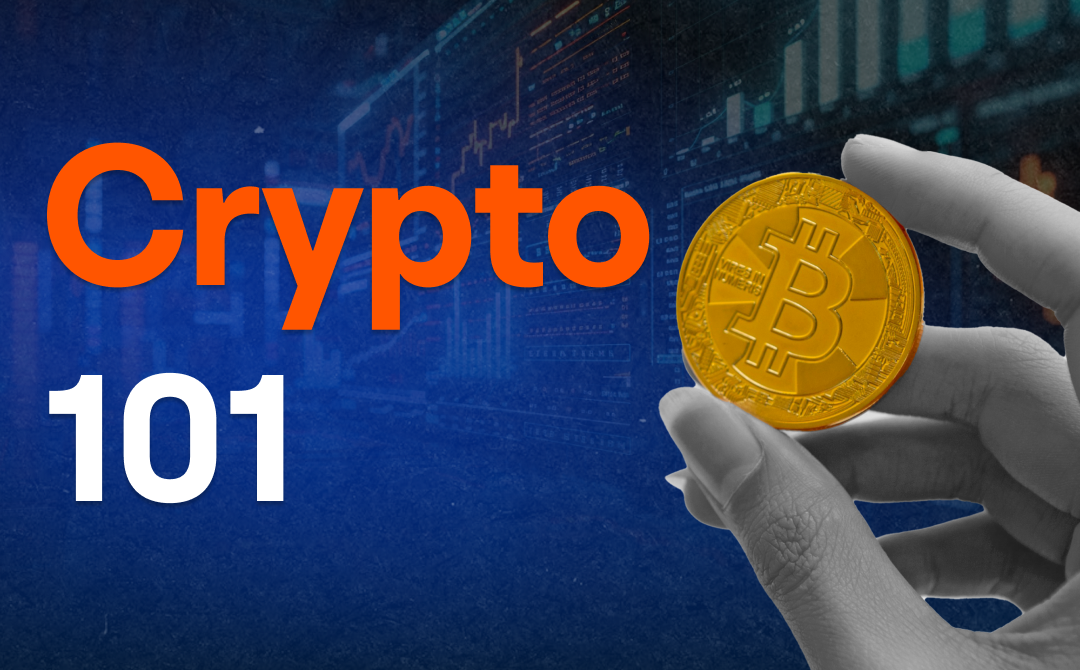In addition to firmly buying the 300ETF and China Southern CSI 500 ETF, the China Southern CSI 1000 ETF is also attracting funds.
After the trading volume of A-shares surged to 500 billion yesterday, it sharply fell to 429.5 billion yuan today, with the All Market trading volume at 1,798.4 billion yuan, dropping below the 2 trillion mark.
In terms of net inflow scale for stock ETFs, on December 11, the net inflow reached an impressive 27.135 billion yuan. ETFs tracking the Csi 300 Index, CSI 1000 Index, and Csi A500 Index saw significant net inflows of 5.345 billion yuan, 4.868 billion yuan, and 4.756 billion yuan respectively; while the ETF tracking the Hang Seng TECH Index experienced a notable net outflow of 0.806 billion yuan. Over the last five trading days, the cumulative net inflow for ETFs tracking the CSI A500 Index reached 8.215 billion yuan.
 Specifically, Huatai-Pb Fund's Csi 300 ETF, Southern Fund's CSI 1000 ETF, Southern Fund's 500ETF, Yifangda GEM ETF, Huaxia Fund's A500 ETF, and Wanji Fund's A500 ETF saw net inflows of 4.146 billion yuan, 3.57 billion yuan, 1.821 billion yuan, 1.589 billion yuan, 1.348 billion yuan, 1.325 billion yuan, and 0.982 billion yuan respectively.
Specifically, Huatai-Pb Fund's Csi 300 ETF, Southern Fund's CSI 1000 ETF, Southern Fund's 500ETF, Yifangda GEM ETF, Huaxia Fund's A500 ETF, and Wanji Fund's A500 ETF saw net inflows of 4.146 billion yuan, 3.57 billion yuan, 1.821 billion yuan, 1.589 billion yuan, 1.348 billion yuan, 1.325 billion yuan, and 0.982 billion yuan respectively.
Interestingly, funds not only steadily bought the Csi 300 ETF and the CSI A500 ETF but also showed interest in the CSI 1000 ETF, with Southern Fund's CSI 1000 ETF and Huaxia Fund's CSI 1000 ETF experiencing net inflows of 3.57 billion yuan and 0.923 billion yuan respectively.
Two convertible bond ETFs were also significantly bought by funds, with Bosera Fund's convertible bond ETF and HFT SSE Investment Grade Convertible Bond and Exchangeable Bond ETF recording net inflows of 1.589 billion yuan and 0.418 billion yuan respectively.
How to interpret the enthusiasm of funds for the CSI 1000 ETF?
Ping An Securities pointed out that the current fundamentals have not reversed, but market sentiment remains positively optimistic, recommending active participation in equity asset trading opportunities. In the short term, the Small Cap style may continue, and Growth style is expected to outperform, suggesting attention to Small Cap and Growth style Funds.
The current value-outperforming cycle has lasted for 3 years, and the Growth style is currently in a bottom recovery phase. The market trading heat is neutral, with strong relative cost-effectiveness for Growth/Value. Looking ahead to 2025, with factors such as the relative performance improvement of the Growth style, the continued downward trend in U.S. Treasury yields, and market recovery, the Growth style is expected to continue being the main theme of the market. Fund allocation can appropriately increase the equity funds of the Growth style on the basis of maintaining a balanced bottom layer, while bond funds should focus on short-duration funds.
In February 2024, due to liquidity shocks leading to aversion to the Small Cap style, CNI Large Cap.Growth Index continued to outperform. However, after entering a phase of volatility in March, Small Cap Growth began to perform better temporarily; in the market of September 2024, there was only a very brief period of CNI Large Cap.Growth Index outperforming, followed by a standout performance from Small Cap Growth, which recently began to enter a phase of speculative trading. In summary, in a strong fundamental expectation environment, CNI Large Cap.Growth Index clearly outperforms, as seen in April 2022; after the market enters a speculative trading phase, there could be a style reversal, including a catch-up rally, such as in February 2023 and March 2024.
Northeast Securities pointed out that funding factors greatly influence style, and marginal incremental funds have a strong pricing effect on styles. When financing inflows accelerate significantly, the Small Cap Growth style evidently outperforms over CNI Large Cap.Growth Index; however, for CNI Large Cap.Growth Index to outperform, a slowdown in financing inflows is needed.
Since the start of this round of rebound, the trading heat from northbound trades has continued to decline, currently reaching the annual low; while financing remains at a relatively high level compared to recent years, indicating a strong willingness for leverage; this has also led to the continued activity of Small Cap Growth. Therefore, to observe a shift towards CNI Large Cap.Growth Index, a slowdown in financing inflows is necessary, a continuous drop in the transaction volume ratio, or consistent inflows of foreign capital; however, to maintain the current bullish market environment, a certain level of transaction volume must be sustained, or else the market could enter a bearish environment again.


 具体来看,华泰柏瑞基金沪深300ETF、南方基金中证1000ETF、南方基金中证500ETF、易方达基金创业板ETF、华夏基金A500ETF基金和万家基金A500ETF基金分别净流入41.46亿元、35.7亿元、18.21亿元、15.89亿元、13.48亿元、13.25亿元和9.82亿元。
具体来看,华泰柏瑞基金沪深300ETF、南方基金中证1000ETF、南方基金中证500ETF、易方达基金创业板ETF、华夏基金A500ETF基金和万家基金A500ETF基金分别净流入41.46亿元、35.7亿元、18.21亿元、15.89亿元、13.48亿元、13.25亿元和9.82亿元。







Comment(0)
Reason For Report